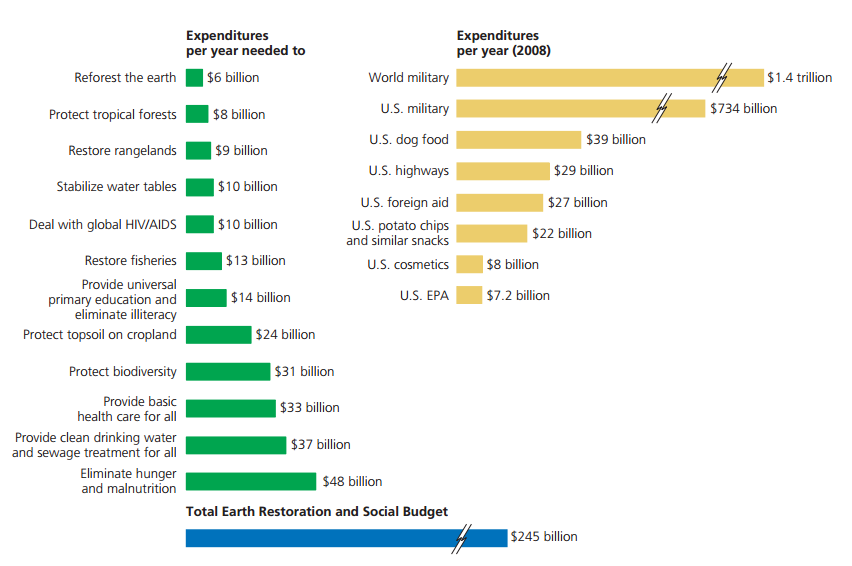What is the evidence that Mars was warmer and wetter in the past? Why did Mars cool off over time, even though the Sun has become brighter?
What will be an ideal response?
The evidence for a warm, wet early Mars is mostly morphological. Martian channels and what appear to be lake deposits formed during the first 700 million years of Mars's history, indicating that Mars likely had running surface water at this time. Mars has cooled over time because of its low mass. This would have allowed for greater atmospheric loss through escape through the top of the atmosphere, and also would have led to a shut-down of the carbonate-silicate cycle that results from the smaller geothermal energy reservoir associated with a less massive planet.
You might also like to view...
Richie learned in his environmental science class that using biofuels instead of fossil fuels could decrease the amount of greenhouse gases released into the atmosphere
Richie wants to be carbon-neutral, so he decides to replace the oil furnace in his small house with a corn stove, which uses whole kernels of corn as fuel. Richie's friend Angela points out that Richie may have failed to take a certain fact into consideration when he decided to buy the corn stove. Specifically, Richie probably did not consider that ________. A) corn requires a good deal of energy to produce, and a wood pellet stove would have probably been a more carbon-neutral choice B) corn stoves have been shown to be dangerous because, unlike furnaces, they can leak carbon monoxide C) corn stoves are expensive, and Richie could have used the money to plant trees instead of buying the stove D) burning corn releases carbon dioxide, so there is no decrease in the amount of greenhouse gases being released

What will be an ideal response?
A climax community is one that
A. Contains oaks or white spruce B. Lasts forever C. Is adapted to periodic disruption D. Is relatively stable and long lasting E. Is impervious to disruption
Rocks that are formed by the crystallization of new minerals in the solid state (i.e. without melting) due to heat and/or pressure are
A. ultramafic. B. igneous. C. sedimentary. D. metamorphic.